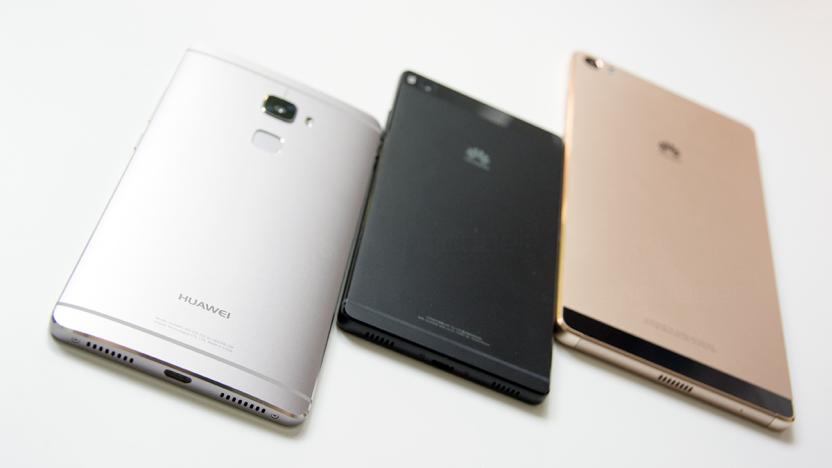16nm
Latest

Huawei's next chipset may give competitors a run for their money
Huawei is now Europe's second largest Android brand, according to Kantar, but there's just no time for celebration. Not too long after launching the Huawei Mate S and the Nexus 6P, the Chinese telecom giant is already teasing the launch of the Mate 8 on November 26. Little is known about this new smartphone so far, but it'll likely be using Huawei's upcoming Kirin 950 chipset announced today, which joins the Apple A9 chip to be one of the first to use TSMC's 16nm FinFET Plus process for improved efficiency. Like its predecessor, the Kirin 950 has an octa-core processor but with much improved performance: 4 x Cortex-A72 and 4 x Cortex-A53 instead of the old mid-range offering of just eight Cortex-A53 cores. It also uses ARM's flagship Mali-T880 GPU so gaming should be blast on the phone.

TSMC narrows production of 16nm FinFET chips to late 2013, wants 10nm in 2015
For as often as TSMC has extolled the virtues of FinFET chip designs, we've been wondering exactly when we'd find them sitting in our devices. Thanks to competition from rival semiconductor firms, we'll get them relatively soon: the company now expects to produce its first wave of FinFET-based, 16-nanometer chips toward the end of 2013. While they won't be as nice as 14nm-XM chips in the pipeline, the 16nm parts should still offer battery life and speed improvements over the 28nm chips we know today. These improvements also won't be the end of the road -- TSMC anticipates 10nm designs built on extreme ultraviolet lithography late into 2015, and CEO Morris Chang believes there's seven or more years of advancements in manufacturing before Moore's Law starts breaking down. We'll just be happy if we see FinFET reach our phones and tablets in the near term.

